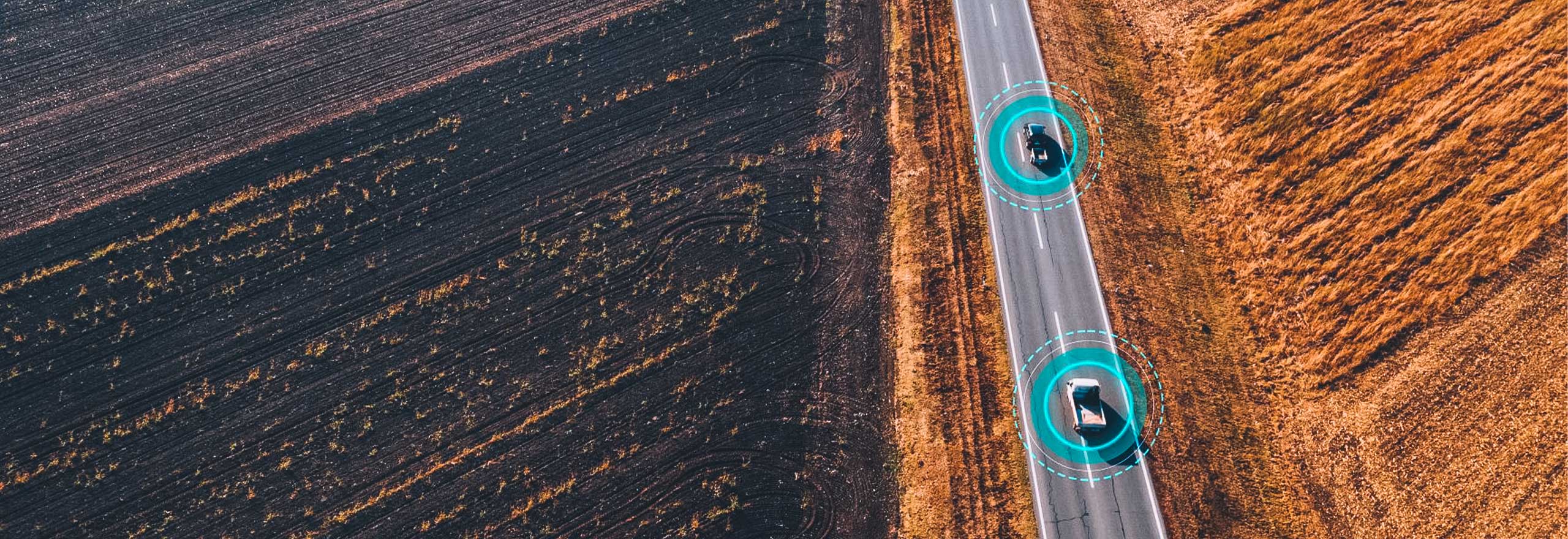Assured autonomy
Enabling assured autonomy across applications.
Assured autonomy requires that positioning, navigation and timing be secure, reliable, highly available and robust. Hexagon delivers a range of technologies that build system redundancy, accuracy and resiliency against interference and positioning errors.
Overview
What is assured autonomy?
Autonomy is assured when it is reliably safe and accurate, resilient against interference or sources of errors and includes built-in resiliency.
Unmanned systems rely on a blend of different positioning and sensor technologies to function, including GNSS/GPS positioning, inertial navigation systems (INS), photogrammetry, LiDAR, RADAR and many others. There are also methods to protect these systems from interference, jamming or spoofing by building their resiliency or using global correction services.
How do I make my platform autonomous?
Any platform can be made autonomous, and Hexagon's solutions can help identify the best route to achieving autonomy in any environment. We can identify an organisation's hardware and software needs in order to deliver APNT, system redundancy and robustness, as well as highly precise and accurate positioning.








